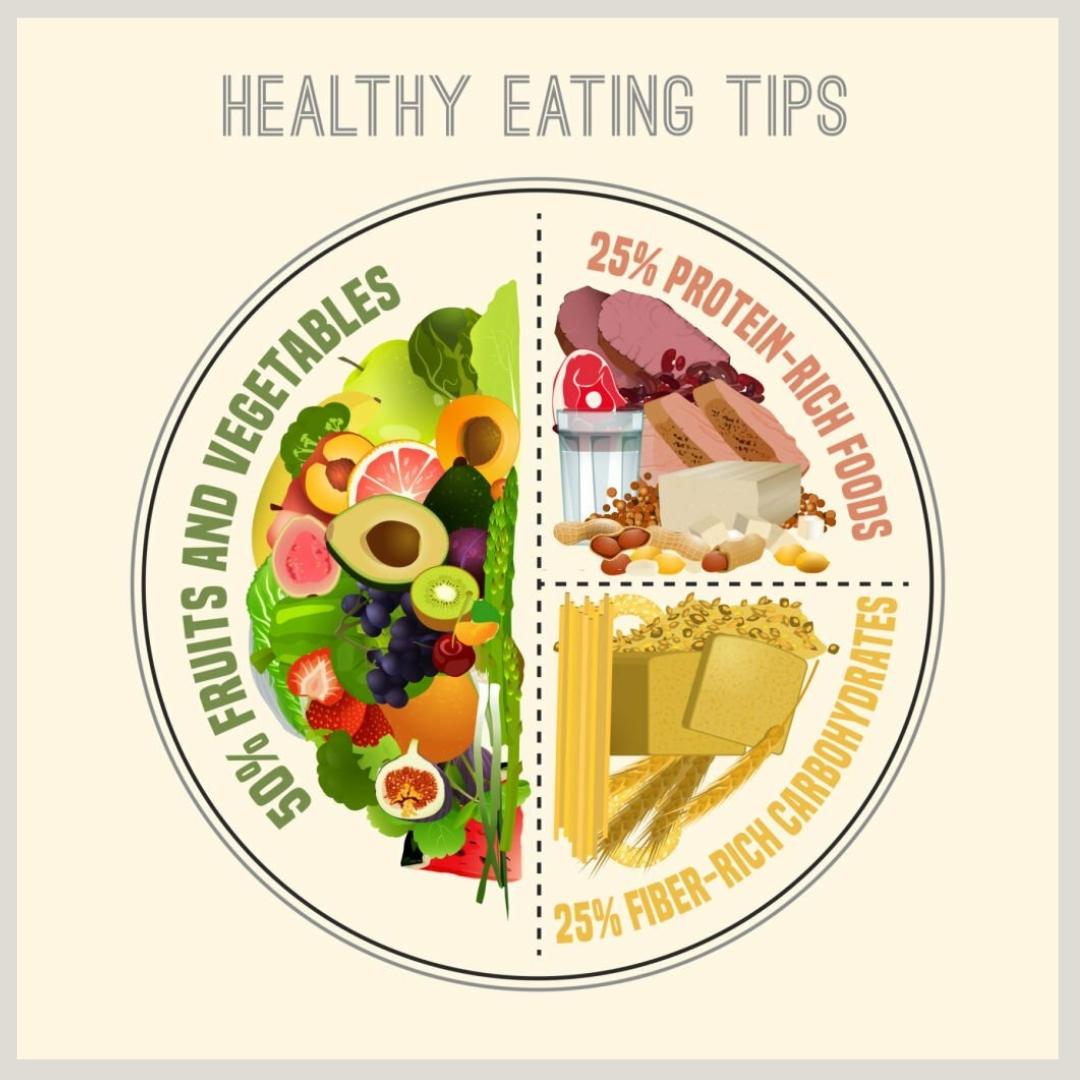Table of Contents
- Exploring the Nutritional Needs of a Six-Month-Old Baby
- Introducing Solid Foods: Best Practices for New Parents
- Safe and Wholesome First Foods for Your Baby
- Recognizing and Managing Allergies in Early Feeding
- Creating a Balanced Meal Plan for Your Six-Month-Old
- Q&A
- Closing Remarks


Exploring the Nutritional Needs of a Six-Month-Old Baby
At six months, a baby undergoes significant developmental changes, which brings about new nutritional requirements. This transition often begins with the introduction of solid foods alongside breast milk or formula. The primary goal during this phase is to ensure that the baby’s diet supports their overall growth and development while also familiarizing them with various flavors and textures.
When introducing solids, it’s important to start with single-grain cereals, such as rice or oatmeal, mixed with breast milk or formula to achieve a smooth consistency. After getting accustomed to cereals, pureed fruits and vegetables can be added. Some nutritious options include:
- Bananas – easy to mash and rich in potassium
- Sweet potatoes – packed with vitamins A and C
- Avocado – creamy texture loaded with healthy fats
As solid foods are introduced, monitoring the baby’s reactions is crucial. This period is also ideal for establishing healthy eating habits. A simple guide to understand the portion sizes can be helpful. Below is a table illustrating suggested serving sizes for a six-month-old baby:
| Food Type | Serving Size |
|---|---|
| Cereal (iron-fortified) | 1-2 tablespoons |
| Fruit or vegetable puree | 1-2 tablespoons |
| Protein (chicken, lentils, etc.) | 1 tablespoon |
a diverse diet that includes a variety of textures and flavors complements breast milk or formula. Remember to introduce new foods one at a time and observe for any potential allergies. This gradual approach will not only nourish your baby but also set the foundation for healthy eating patterns in the future.


Introducing Solid Foods: Best Practices for New Parents
As your little one reaches the six-month milestone, the adventure of introducing solid foods begins. This is an exciting time for both you and your baby, as new textures and flavors will not only help foster nutrition but also develop their palate. It’s essential to ensure that your baby is ready for solids, typically indicated by the ability to sit up with minimal support, showing interest in food, and the capability to swallow rather than push food out of their mouth.
When selecting foods to introduce, aim for a variety of flavors and textures to help your baby become accustomed to different tastes. Start with single-grain cereals, such as rice or oatmeal, mixed with breast milk or formula for a smoother consistency. Once your baby gets the hang of this, consider introducing pureed fruits and vegetables. Some great initial choices include:
- Avocado – Rich in healthy fats.
- Banana – Soft and easy to digest.
- Sweet potato – Packed with nutrients.
- Peas - A mild, nutritious option.
As you expand your baby’s diet, it’s important to introduce one new food at a time. This helps identify any potential allergies. Keep a journal of what foods your baby tries along with any reactions. Below is a simple template to get you started:
| Food Introduced | Date | Reaction |
|---|---|---|
| Avocado | 01/10/2023 | No reaction |
| Banana | 01/12/2023 | No reaction |
| Sweet Potato | 01/15/2023 | Minor rash |
Remember, the introduction of solid foods is not just about nutrition but also developing a positive relationship with eating. Encourage self-feeding as your baby gains confidence and mastery over different textures. Enjoy this remarkable journey, filled with playful mess and delightful discoveries!


Safe and Wholesome First Foods for Your Baby
When introducing your little one to solid foods, choosing safe and wholesome options is essential. At six months old, babies are ready to explore the exciting world of flavors and textures. Begin with .single-grain cereals like rice or oatmeal, as they are gentle on the stomach and easy to digest. Mixing these cereals with breast milk or formula can help create a familiar taste while adding valuable nutrients.
Next, consider incorporating pureed fruits and vegetables into your baby’s diet. Avocados, bananas, and sweet potatoes are excellent choices because they are naturally creamy and packed with vitamins. As you experiment with different flavors, keep in mind the following:
- Single ingredient items: Start with one fruit or vegetable at a time to monitor for any allergic reactions.
- Homemade vs. store-bought: While homemade purees are fresh and can be tailored to your baby’s preferences, commercially prepared options often contain added nutrients that can be beneficial.
- Storage tips: Store any leftovers in sealed containers, and freeze portions for later use to minimize food waste.
Lastly, as your baby becomes accustomed to solids, you can introduce protein-rich foods gradually. Options like pureed peas, lentils, and finely shredded chicken can provide essential nutrients for growth. Here’s a helpful reference table for some first foods:
| Food | Benefits | Preparation Tips |
|---|---|---|
| Avocado | Rich in healthy fats | Mash or puree until smooth |
| Sweet Potato | High in vitamins A and C | Steam or bake and puree |
| Peeled Apples | Good source of fiber | Steam and puree for smoothness |
By focusing on these wholesome first foods, you can create a solid foundation for your baby’s future eating habits, encouraging a love for diverse and nutritious options as they grow.


Recognizing and Managing Allergies in Early Feeding
Introducing solids to your baby is a thrilling milestone, yet it comes with the responsibility of monitoring for potential allergies. As you embark on this new feeding journey, it’s crucial to be aware of common allergens that may be introduced. Some of the primary food items known to trigger allergic reactions include:
- Milk
- Eggs
- Peanuts
- Tree nuts
- Fish
- Shellfish
- Wheat
- Soy
Recognizing symptoms early is key to effective management. Common signs of food allergies can manifest in various ways, including:
- Skin reactions such as hives or eczema
- Digestive problems like vomiting or diarrhea
- Respiratory issues including wheezing or nasal congestion
- Anaphylaxis, a severe, potentially life-threatening reaction
To minimize risks, it’s wise to introduce new foods one at a time, allowing a few days between each new item. This method makes it easier to pinpoint any allergic reactions. A simple table to track new foods and any reactions can be invaluable:
| Food Introduced | Date Introduced | Reactions Observed |
|---|---|---|
| Rice Cereal | March 1 | No reactions |
| Pureed Peas | March 4 | No reactions |
| Pureed Sweet Potato | March 7 | Mild rash |


Creating a Balanced Meal Plan for Your Six-Month-Old
As you embark on the journey of introducing solid foods to your baby’s diet, it’s essential to create a balanced and nutritious meal plan that meets their developmental needs. At six months old, babies are ready to explore a variety of textures and flavors, which can help in developing their palate. Focus on incorporating a mix of food groups, ensuring that the meals are rich in essential vitamins and minerals. Consider including:
- Pureed Vegetables: Carrots, sweet potatoes, and peas.
- Pureed Fruits: Apples, bananas, and pears.
- Grains: Iron-fortified single-grain cereals like rice or oatmeal.
- Protein Sources: Pureed meats or legumes, such as chicken, turkey, or lentils.
A structured weekly meal plan can not only help you stay organized but also ensure variety in your baby’s diet. Here’s a simple table to illustrate a sample meal plan for a week:
| Day | Breakfast | Lunch | Dinner |
|---|---|---|---|
| Monday | Rice cereal and pureed banana | Pureed carrots | Pureed chicken and peas |
| Tuesday | Oatmeal and applesauce | Pureed sweet potatoes | Pureed turkey and green beans |
| Wednesday | Rice cereal with peaches | Pureed cauliflower | Pureed beef and squash |
| Thursday | Oatmeal and mashed avocado | Pureed peas | Pureed fish and carrots |
| Friday | Pancakes (without egg) and pear puree | Pureed butternut squash | Pureed lentils and rice |
| Saturday | Barley cereal and strawberries | Pureed beets | Pureed chicken and sweet corn |
| Sunday | Rice cereal with pureed melon | Pureed broccoli | Pureed turkey and zucchini |
Always remember to introduce new foods one at a time, allowing a few days between each new item to monitor for any allergic reactions. Keeping the meals simple, at this stage, can make the experience enjoyable for both you and your baby. As they adjust to different flavors, encourage them to try small finger foods and let them discover various textures, which can be a fun and engaging part of their mealtime experience.




0 Comments